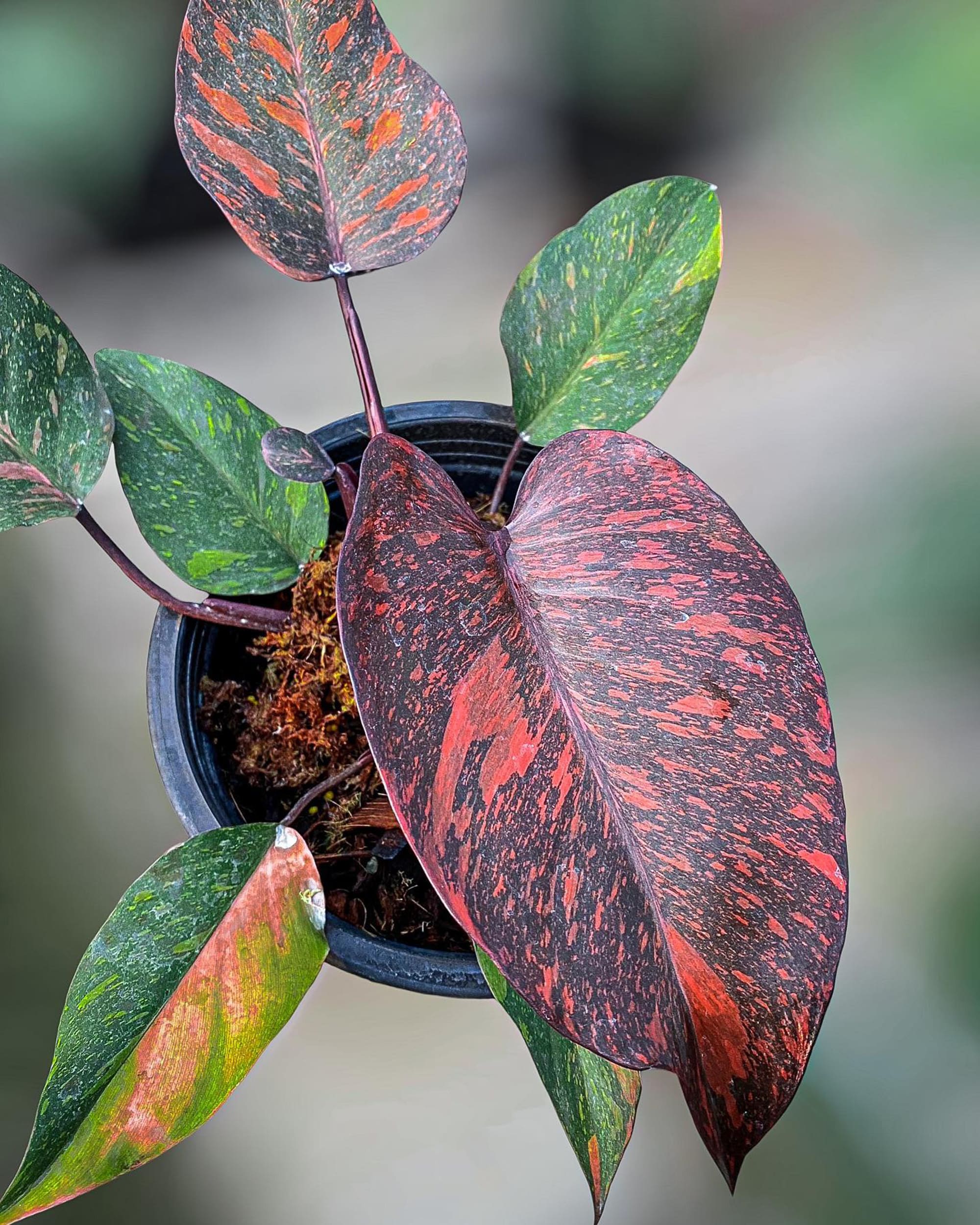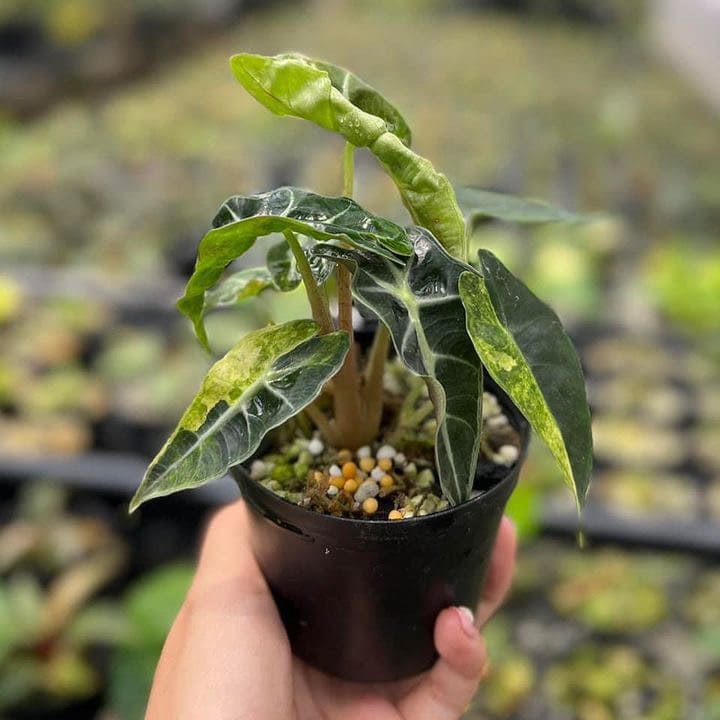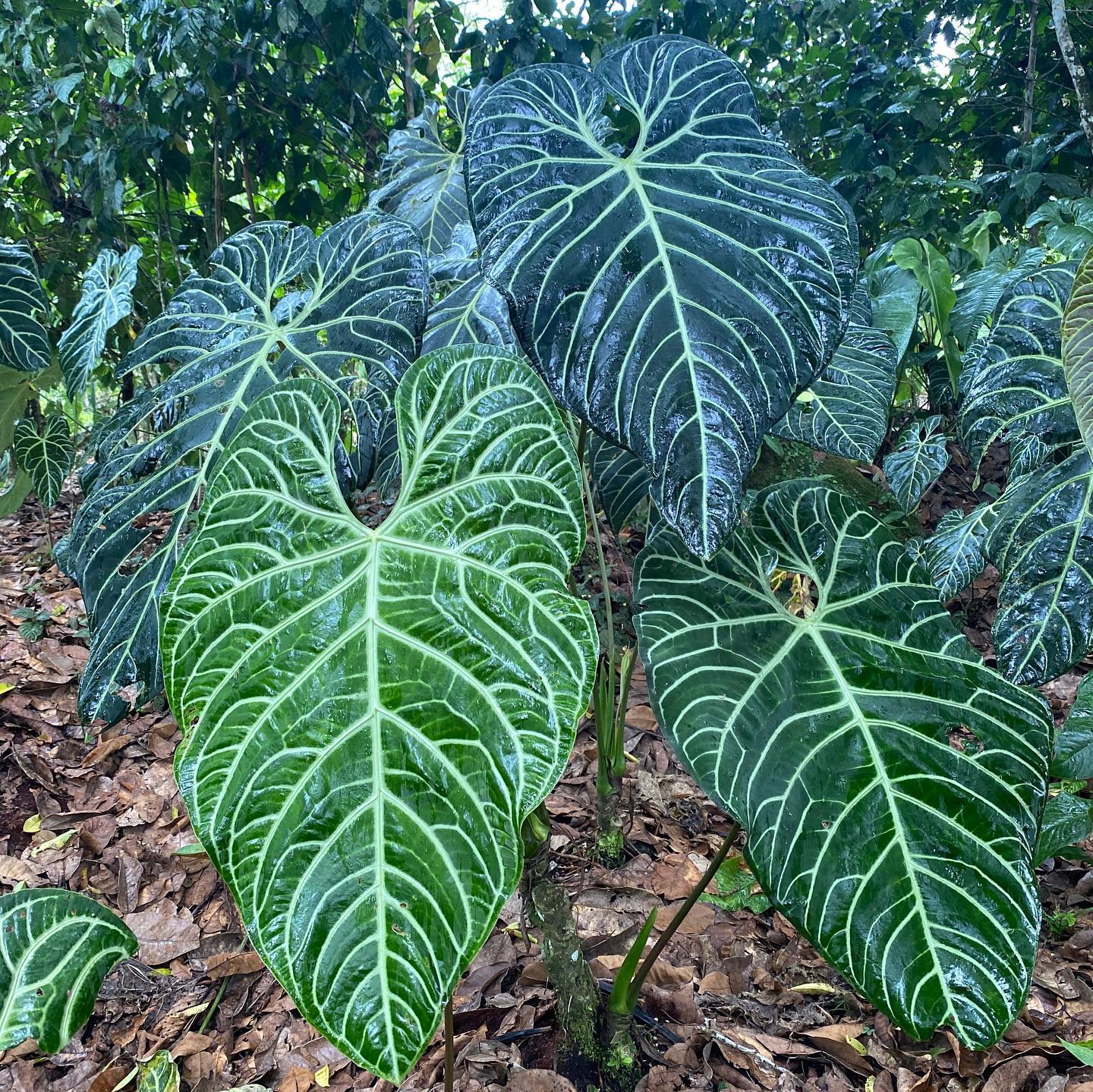Plants have been scientifically proven to provide numerous benefits, such as purifying the air we breathe, reducing stress and anxiety levels, and improving overall mood and productivity. With more people spending time indoors, especially in urban areas, indoor plants have become increasingly popular. This article will introduce you to some of the best houseplants for indoor living, including monstera, philodendron, alocasia, and anthurium.
What are Houseplants Good for Indoors?
Houseplants that can thrive indoors bring multiple benefits to their environment. They improve air quality by absorbing carbon dioxide and releasing fresh oxygen into the air. Additionally, they help to reduce stress levels and improve mental health, which is particularly important for those who spend long hours inside. Having plants inside your home can also add an aesthetic element, creating a warm and inviting atmosphere.
Plants that Can Live Inside the House
While many plants can live indoors, some are better suited for indoor living than others. When selecting indoor plants, it is essential to consider lighting conditions, humidity levels, and space availability. The following list includes some of the best houseplants for indoor living:
Monstera
The Monstera is a commonly sought after indoor plant recognized for its broad heart-shaped leaves that have distinct holes. It requires minimal maintenance and can thrive in environments with moderate to bright indirect sunlight. Adequate watering and well-draining soil are important for its growth, making it an ideal selection for spacious areas since it can grow tall if properly nurtured.
One of the key factors that make the Monstera a suitable indoor plant is its ability to thrive in environments with moderate to bright indirect sunlight. This means that it needs to be placed near a window or another source of natural light but should not be exposed to direct sunlight, as this can damage its leaves. In addition to light, temperature and humidity are also important factors to consider when caring for this plant. It prefers temperatures between 18-27°C (65-80°F) and high humidity levels, which can be achieved by placing a tray of water near the plant or misting its leaves regularly.

When it comes to watering the Monstera, it is essential to provide it with adequate moisture while ensuring that the soil drains well. Overwatering can lead to root rot, which can be fatal for the plant, while underwatering can cause the leaves to wilt and curl. A good rule of thumb is to water the plant when the top inch of soil feels dry to the touch, making sure to avoid getting water on the leaves. The Monstera also benefits from regular fertilization during the growing season, which typically runs from spring to early fall.
Another important aspect of caring for the Monstera is providing it with the right type of soil. It requires well-draining soil that retains some moisture but does not become waterlogged. A mix of peat moss, perlite, and potting soil works well for this plant, as it provides adequate drainage while retaining moisture.
Overall, the Monstera is an ideal selection for spacious areas since it can grow tall if properly nurtured. Its low maintenance requirements, unique appearance, and ability to purify the air make it a popular choice for both experienced and novice plant enthusiasts alike.
Philodendron
Philodendron is another popular houseplant that comes in a variety of shapes and sizes. Its glossy leaves range from deep green to variegated colors, making it an aesthetically pleasing addition to any room. Philodendrons can tolerate low to medium light and prefer well-draining soil. They are excellent for purifying the air, making them ideal for bedrooms or living areas.
One of the most striking features of Philodendrons is their glossy leaves, which come in various shapes and sizes. The leaves’ color ranges from deep green to variegated colors, making it a visually appealing addition to any room. They are often used as a decorative accent, either on shelves or hanging baskets.
One of the reasons Philodendrons are so popular is because they can thrive in low to medium light conditions, making them ideal for indoor environments. However, they still need some sunlight to grow optimally, so placing them near windows or providing them with artificial light is recommended. While they can tolerate low light, they may not produce new growth without adequate light.

The soil type is another essential factor in growing Philodendrons. They prefer well-draining soil that is rich in organic matter. Soil that is too wet can cause root rot, which can be detrimental to the plant’s health. A good potting mix for Philodendrons should consist of peat moss, perlite, and vermiculite to ensure proper drainage.
Apart from being aesthetically pleasing, Philodendrons are also known for their air-purifying qualities. They absorb harmful toxins from the air, including formaldehyde, benzene, and trichloroethylene. This makes them ideal for bedrooms and living areas where people spend a lot of time.
In summary, Philodendrons are a versatile and easy-to-care-for houseplant that can add visual interest to any room while purifying the air. They can tolerate low to medium light and prefer well-draining soil. With proper care, they can thrive indoors for years, making them a popular choice among plant enthusiasts.
Alocasia
Alocasia is a beautiful plant with large, heart-shaped leaves that come in various colors and patterns. They thrive in bright, indirect light and require high humidity levels. Alocasias prefer moist but well-draining soil and need to be watered frequently. They are an excellent choice to add a tropical feel to any room.

Anthurium
Anthurium is a flowering houseplant known for its striking red, pink, or white blooms. They prefer bright, indirect light and thrive in high humidity environments. Anthuriums require well-draining soil that is kept consistently moist. They are an excellent plant for adding color to your home and improving air quality.

What Plants are Good Inside the House?
While the above-mentioned plants are some of the best options for indoor living, there are many other plants that can thrive indoors. Some of the best indoor plants include snake plants, ZZ plants, spider plants, and pothos. When selecting indoor plants, it is essential to select ones that are compatible with your home’s lighting conditions and humidity levels.
FAQs about Houseplants
Here are some frequently asked questions about houseplants:
Q: How often should I water my indoor plants?
A: The frequency of watering depends on the type of plant and environmental factors such as temperature and humidity. Generally, most indoor plants prefer soil that is moist but not waterlogged. It is essential to monitor soil moisture levels and adjust watering accordingly.
Q: What is the best fertilizer for indoor plants?
A: Indoor plants benefit from fertilizers that are specifically formulated for their needs. It is essential to follow the instructions carefully and avoid over-fertilizing, which can damage the plants.
Q: Can indoor plants improve air quality?
A: Yes, many indoor plants are known for their air-purifying properties. They can help to remove toxins from the air and increase oxygen levels.
Q: Should I mist my indoor plants?
A: Misting can help to increase humidity levels around your indoor plants, which is particularly beneficial for tropical plants. However, it is essential to avoid over-misting, which can lead to fungal growth.
Q: What are some common pests that affect indoor plants?
A: Common pests include spider mites, mealybugs, and scale insects. It is important to monitor plants regularly for signs of infestation and treat them promptly to prevent the spread.
Conclusion
Indoor plants provide numerous benefits, including improving air quality, reducing stress levels, and adding aesthetic value to your home. When selecting plants for indoor living, it is essential to consider lighting conditions, humidity levels, and space availability. Monstera, philodendron, alocasia, and anthurium are excellent choices for indoor plants that can thrive in various environments. With proper care and attention, your indoor plants can bring health and happiness to yourhome. Whether you’re looking to add a pop of color or purify the air, there is a plant out there that can meet your needs.
So go ahead, bring some greenery into your home and start reaping the benefits of indoor plants today!

